Why fire – even wildfires – are important in the Overberg
The future of both fynbos and indigenous forests in the Overberg depends on fire that is well managed. And while controlled burns are vital, we must also rely on wildfires that burn at the right time to reinvigorate our Cape Floral Kingdom.
That’s according to Sean Privett, botanist and Conservation Director at the Grootbos Foundation. Sean presented at the Greater Overberg Fire Protection Association’s Annual General Meeting in Caledon in May 2024.
Sean said that living in the Overberg, it’s easy to forget how incredibly special fynbos is. The Cape Floral Kingdom is a World Heritage Site – not just because of the high diversity, but also the endemism, given that two out of three plants are found here and nowhere else globally. “We take it for granted but the mountains around us have extraordinary diversity,” he said.
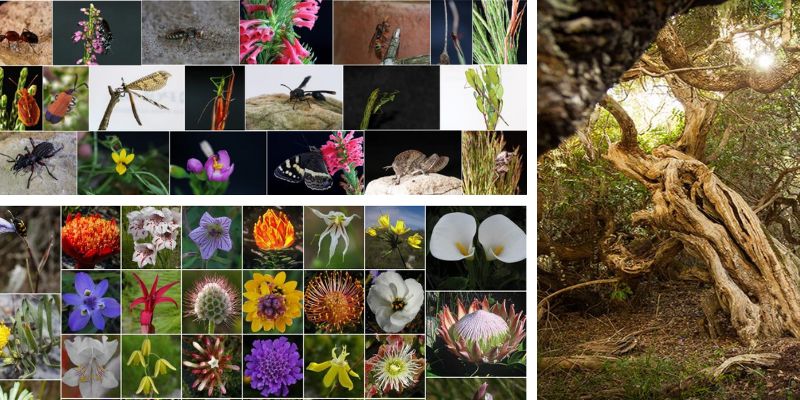
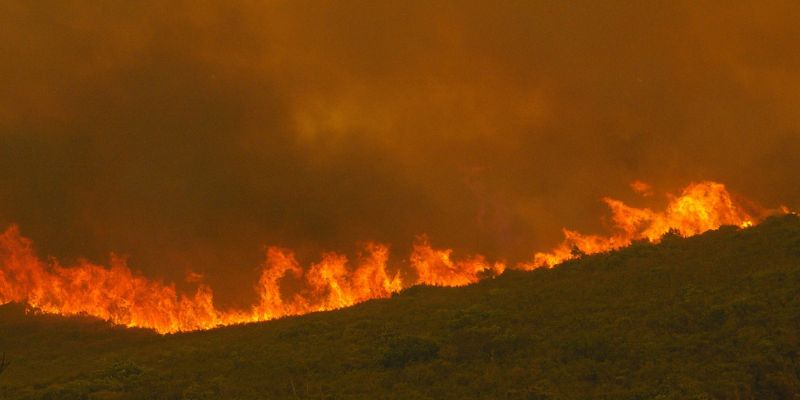
A relationship that’s millions of years old
These landscapes are also millions of years old – and fire has been part of these landscapes for many millions of years. “Around four to six million years ago, the Mediterranean climate of this region came about. And fire then became a major driver of fynbos.” Over this time, these plants have adapted to fire.
For example, many protea species resprout after a fire. “The plant burns and resprouts again, and the fire doesn’t kill the plant. Some of these plants could be hundreds of years old, having survived multiple fires,” Sean said. Other species, such as the special Gladiolus overbergensis, which only occurs on the Gansbaai and Stanford mountains, only appear after fire. “We only saw the species in 2006 after the big fire, and never again. The bulb is underground, waiting for the next fire.”
Species such as Protea obtusifolia, which only grows on limestone soils in the Gansbaai area, also rely on fire. The fire kills the plant, but the seeds held in the flowers are only released after they burn. Tens of thousands of seeds are released within a few days after a fire has passed through the area. When the winter rains come, the seeds germinate.

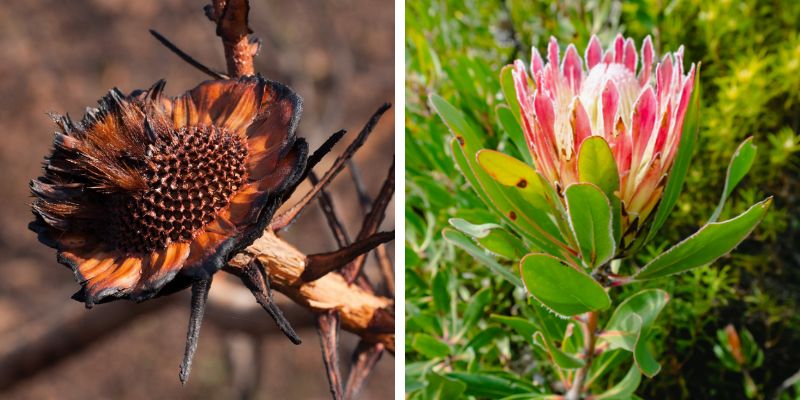
Indigenous forests are also at risk
But Sean warns that fire must be managed. “If you keep fire out of the proteas, they will die. But on the other side, too short fire intervals are also devastating. If fire burns fynbos after just four years, many of the species will be lost.” He adds that if veld around and bordering on indigenous forests is too old, then these forests will also burn – which would be potentially devastating for trees that are hundreds or thousands or years old.
He said that over time, towns such as Gansbaai have grown. “Now we have towns in fynbos areas where the fynbos should burn every 10 to 15 years. But we still need to protect infrastructure. This becomes a challenge.”
Controlled burns are vital in helping to address this – by using wind to burn fynbos and reduce wildfire risks. This can also help to reduce the threat of invasive plants. “Fire could be used to help control invasive alien plants, if it’s used strategically.” But timing is essential. According to Sean, burning in winter is not good for fynbos. He said, “Rather burn in March than April or May. As we should use wildfires where possible, without them being too destructive, to help reinvigorate old veld, as a tool to manage fynbos.”
Find out more about keeping the Overberg wildfire safe
According to Louise Wessels, Manager of the Greater Overberg FPA, the Overberg community needs to work together to protect fynbos, and the region as a whole. “We are fortunate that we enjoy such strong cooperation in the Overberg among our landowners and neighbours, and the support from the Fire Services.”
She said, “We recommend that landowners seek support to protect our beautiful Overberg. We also have a word of advice to Overberg residents in towns: Please find out more about the need for safe fires and how you can contribute to keeping our district wildfire safe.”
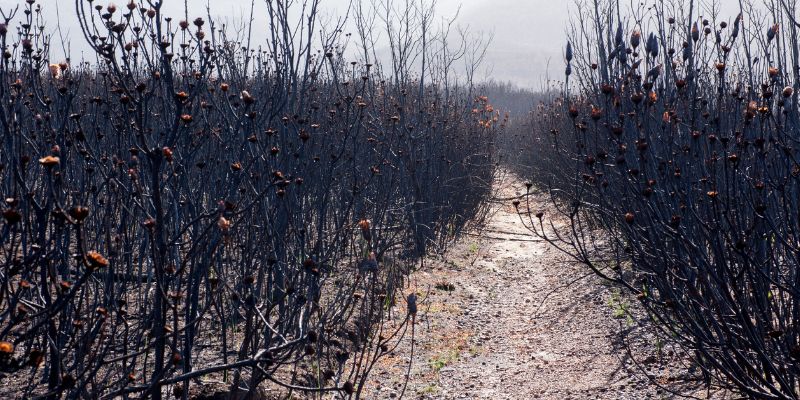
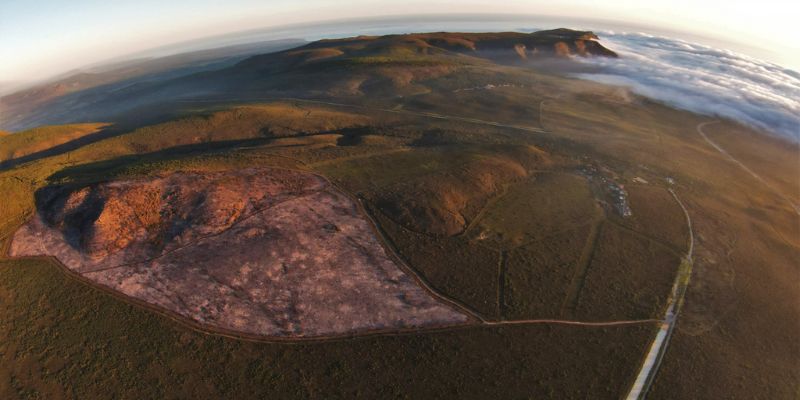
Images supplied by Sean Privett / Grootbos Foundation








